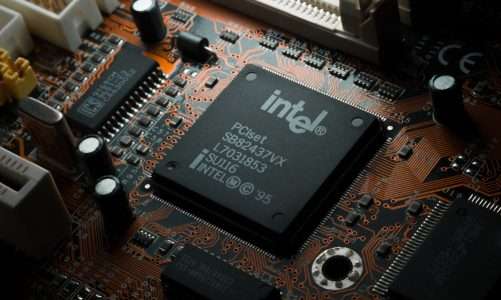Quick Navigation
Before you learn about the AMD GPU scaling, it is important to first know what GPU scaling basically is? So in simple words, GPU scaling allows you to play your favorite old PC games at your preferred resolution without disturbing the image quality. So your graphics card scales the image of your game vertically and horizontally to fit your monitor’s screen size.
You can use GPU scaling to overcome aspect ratio issues in gaming. Also, it also helps you to choose custom resolutions while gaming. So GPU scaling allows you to adjust your aspect ratio according to the resolution of your monitor for high-quality image output.

AMD GPU scaling
Graphics cards from AMD come with GPU scaling which you can find in your AMD Catalyst application installed on your PC. As you know most PC games nowadays run with a 5:4 or 4:3 aspect ratio.
Let say you want to stretch the aspect ratio to 16:9, so possibilities are that you end up with a stretched, blurred, or pixellated image. So what AMD GPU scaling does is adjust the image according to your monitors’ resolution while maintaining the image quality. You will experience the same image quality as you were experiencing on the lower aspect ratios.
In order to tweak your GPU scaling settings, you need to connect your monitor or LCD directly to your AMD graphics card by means of HDMI or DVI cable.
Do You Really Need AMD GPU Scaling?
Well, it depends, if you are a gaming geek like me who loves to play old gaming titles on PC, GPU scaling is worth having. Old PC games were designed for 4:3 and 5:4 aspect ratios, so by playing with the settings in your AMD Catalyst software, you can play those old titles on your modern gaming LCD.
Most of us are well aware that wide-screen gaming monitors have an aspect ratio of 16:9. So playing old games can result in stretched and pixellated images on such a modern display. This is where GPU scaling shines, which allows you to play old games at 16:9 without disrupting the image quality.
Types of GPU Scaling
Basically, there are three types of GPU scaling settings that you can choose from:
Main Aspect Ratio: This setting allows you to play games at full screen without altering the old aspect ratio settings of your game
Use Centered Trimmings: This setting turns off the scaling and centers the image of the game with the original resolution
Full Panel Size: The settings allow you to stretch the image to fit your screen size. Well, this isn’t a good option to go with as you might end up with poor and pixellated graphics.
Is GPU Scaling a Good Option for Gaming?
It depends upon the type of games that you play on your computer. For modern games, there is no need to turn on GPU scaling in your AMD video card. But for playing old PC titles, you have to rely on GPU scaling for a better gaming experience.
By default, the GPU scaling is disabled in most graphics cards that are meant for gaming. Turning it on, it might be possible that there occurs a minor lag as your GPU needs to process the image according to your desired aspect ratio.
So as long the game you are playing supports your native monitor resolution, there is no need to run on this option.
Does AMD Scaling Affect FPS?
Well, there isn’t much effect on fps in gaming. When GPU scaling is turned on, there occurs an input lag which is usually around 1ms or less, this is the time when GPU processes your image. So you won’t feel any lags while playing games with AMD GPU scaling turned on.

Hi, I’m the author and founder of this blog. I have more than 10 years of experience in the industry. Throughout my journey I’ve tested and reviewed hundreds of graphics card for custom PC builds. I believe my knowledge and experience will help you choose the card that really falls to your needs and budget.



